It is quite a drive from Vegas to Vancouver so I stayed an extra day in Vegas got a bit of work done and a bit of fun done before jumping onto the bus adventure. All good, 3 hour flight lands 30 minutes early, we taxi up to the gate, well, not quite the gate. We can see the gate but pilot informs us that there is a bit of a lightening storm. While the storm poses no threat to us plane people, the airport has decided that the humans that normally cruise around in those squished looking airport vehicles should stay indoors till the storm passes. I woke up two hours later pulling into the gate. A quick dash down to customs and oh my. They have unloaded the entire airport backed up constipation of humans all at once onto a meager smattering of customs agents working overtime. I felt quite at home as it looked like the floor of a small but packed arena with the only exception being that my backstage pass is useless here. Zig zag lines that would give Disneyland a run for its money on a weekend. So funny to keep passing the same people, back and forth we go till at last, with a few too many questions and a stamp in my passport I am on my way.
Ooooh. Yikes, look at that taxi line. Double yikes as the 1/2 block long clusterfucks is aimed straight at a 2 little Prius Taxi's and every few minutes another zips in. "Is that really the taxi line?" "Nope, that is the the taxi line" Pointing to another 1/2 block line twice as thick that wraps around the other side of the road. "This is the front half."
Five motionless minutes spent at the tail end convinced me to seek a better path. Free hotel shuttles looked hopeful only for me to discover that they drag you to Airport hotels and I'm headed downtown.
Aaargh and then I see it. A small sign. "Public Transportation." A bit of a hike, a bit of a wait and on I hop. "I am sorry sir" eyeing my $20 canadian bill, "We only take change on the bus." But before I had a chance to ponder my next move, he goes on to hand me a bus pass, wave me on board and gesture to the next person in line to get on."
Welcome to Canada and I smile as not fighting the things beyond my control brought me in for a smooth landing. A very very slow, but smooth landing.
I must remember to have one of the hotel housekeepers teach me how to make a bed. How do they do it? It would take me half the day to get a bed to look like this! There must be some secret tricks or something.
Ok, back to **** sound nerd speak **** lest I get distracted, not that that ever happens.
Subs. So after all the various configuration were sifted, I narrowed to three with a distinct focus on one design that seemed most promising.
First though a bit about distance and subs. There is a magic distance when spacing subs for maximum forward summation and maximum rear rejection of 1/4 wavelength of the frequency that you want the most rejection to occur. The reason is that if you space them one behind the other 1/4 wavelength in distance and then time delay the front 1/4 wavelength, then in front they add together with minimal loss while behind they are effectively distanced at 1/2 wavelength. Since 1/2 wavelength is 180 degree out of phase, you get maximum cancellation at that frequency.
Which frequency you design for depends on your subs and other factors but typically 40 to 60 hz is pretty good. 1/4 wavelength of 50 hz is about 5.5 feet and a good place to start. That means that a five foot spacing from center of sub to center of sub, with the subs being around 4 feet wide, is about a 9.5 foot width with not much gap between them. The good news is that it is close to the size I am seeking for this design to fit under an 8 x 8 deck.
So far I do all my designs on paper with computer assistance only for drawings, based primarily on logic and experience and I do the math by mostly by hand. But hey, I mix on an analog console as well. But that does not mean I can not use computers to check my work, so I sent it off to Sugden to run some projections and see if I am on base and have taken all the variables into account.
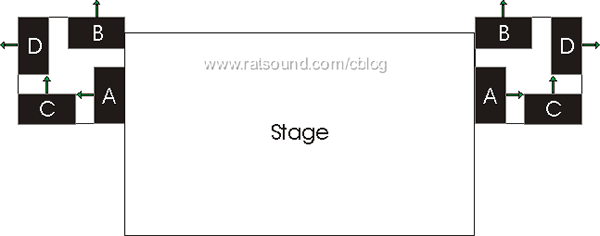
The Spiral or as Scott Sugden came up with, The Vortex are the names I am considering. Have you noticed yet that I like to name things? A bit of fun and makes it easy. How about a vote? Spiral or Vortex?
Anyway, here is how it is supposed to work. There are four stacks of three SB 28's with two stacks facing forward (toward mix) and two stacks facing to the side (off stage).
Sub "A" stack is the primary drive on each side with stack "B" time delayed to increase level forward and cancel level behind. Stack "C" is time delayed "A" as well to increase level to the side and cause cancellation on stage. Stack "D" is time delayed to increase level at 45 degrees while canceling at 235 degrees.
All in all the primary array focus is 45 degrees and by increasing or reducing the level of stack C and some altering of delay times, the coverage can be narrower or wider. The interaction between "D" and "B" also adds somewhat at 200 degrees and cancels at towards stage. The "D" to "C" interaction is forward beneficial as well as "D" has the longest delay time.
The end result I want is a well diffused power alley, significant power to the deep diagonal throws of the arena, controllable side coverage, excellent rejection on stage and minimal overpowering of the people in front of the stage.
I know from experience that having two point sources for subs will cause some issues and I will get cancellations just to the sides of where power alley usually is. But, this should setup should be much better behaved due to the effective focus 45 degrees off axis. The combined response looks a bit like a butterfly.
To deal with gaining more control over power alley and help diffuse the cancellations off to the left and right of center, we are carrying 4 stacks of two Rat Super subs evenly placed across the front of stage. The time delay on these will be focused on FOH and the level can be varied to optimize.
To make these things easy to setup, Nick the Fly designed some inserts that our tour set carpenter made for us:
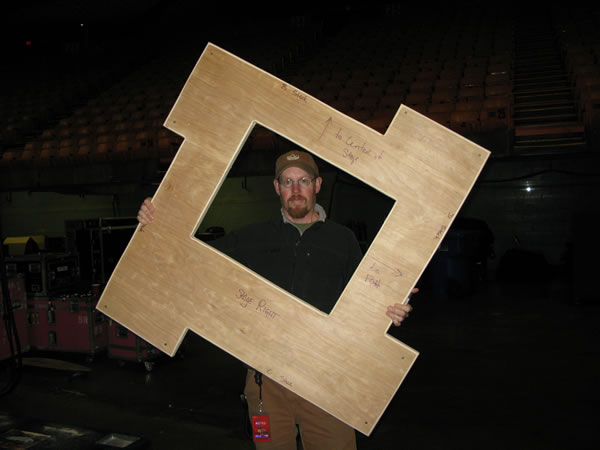
Fitted inside the wood aligners allow us to easily repeat the setup. Another wonderful aspect about this sub setup is the creation of a special little hang out spot for the sound techs in case they want to just get away from it all for a bit of relaxation, as Manny is demonstrating.
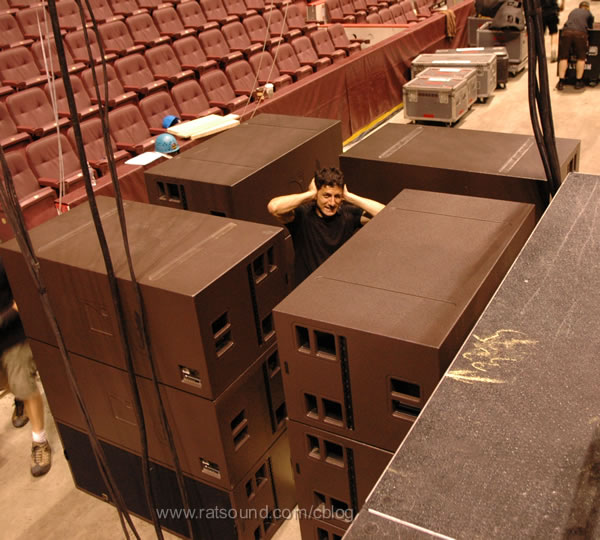
Having these ideas and projects is all good and fun but actually making them work properly is and testing how well they work is another challenge. So now it all about brainstorms and unraveling the fact from fiction with Nick the Fly. Nick and I have toured quite a bit together in the past and has been extremely involved and familiar with the progress of these concepts into reality over the years. Did you know Nick actually was the cabinet builder for many Rat designed boxes. I would send actual napkin sketches and he would build stunning enclosures.
As I mentioned, I personally am not so much a pretty picture kind of guy that keeps messing with software to try and find a coverage that looks good. Rather, I try and solve from a logical approach, try to confirm with the software and then do actual testing. Then, if logic, testing and software all agree, I gain confidence.
So to address the measurement side I have finally put together something Nick the Fly and I have been discussing doing for years now. How cool would it be to have a simple system where we could drop reference mics in various locations around the venue to monitor the sound without running a mile of mic cord everyday. A system that does not rely on trusting whether you are getting a correct reading from some super high tech measurement software. But rather a quick look and listen in real time.
Well, I will describe that some other day.
**** End Sound Nerd Speak ****
So if that was not enough thinking for you, I have a bit more. Jim, Nick the Fly and I were out for a wander and happened upon my very first Canadian yard sale. Hey look, speakers! I love speakers and upon closer inspection I began to poder a question and have a little test for you.
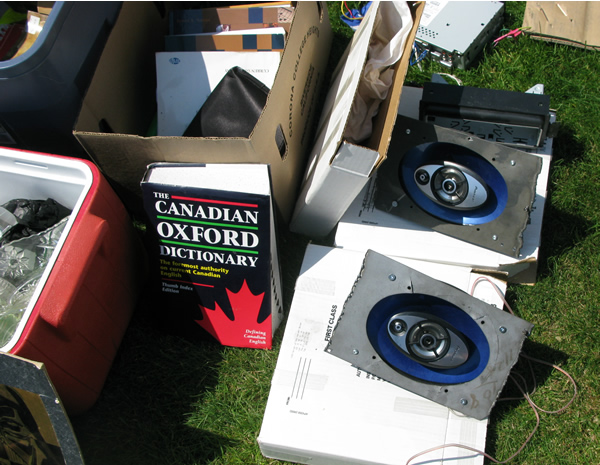
Ok, so there are these speakers in your car and you think to yourself, "hmmm, I want to take these speakers out and put in new ones." Now for the big question. Which tool do you grab out of the tool box?
A) The screwdriver with a square drive and loosen the screws
B) The 3/8" socket wrench and loosen the nuts on the back and remove the nuts
C) The oxyacetylene cutting torch and shoot flames into the inside of your gas powered vehicle
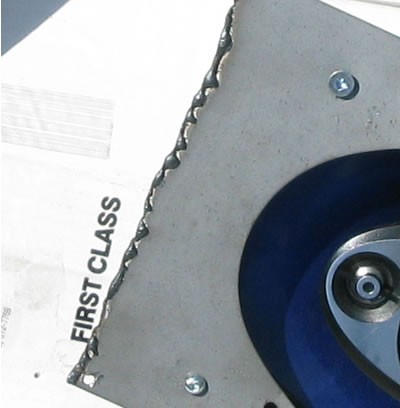
If you guessed "C" you are absolutely correct! For the rest of you, come on, think first before you do things.
Dave Rat
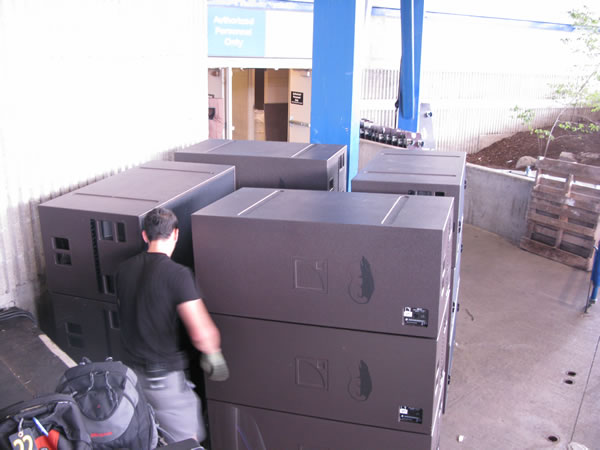
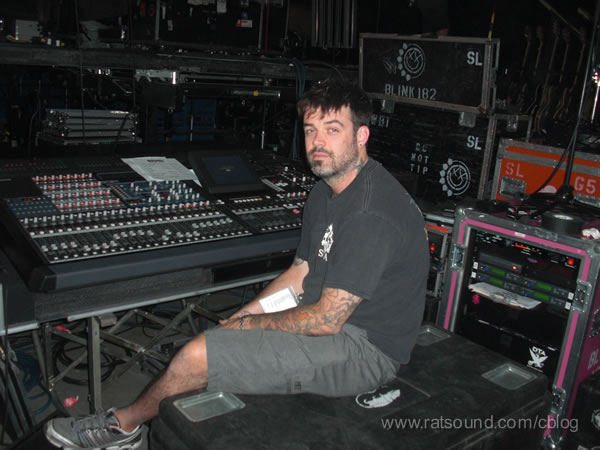
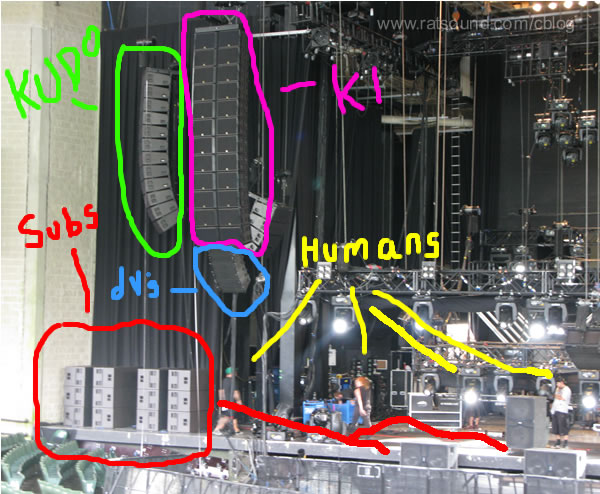
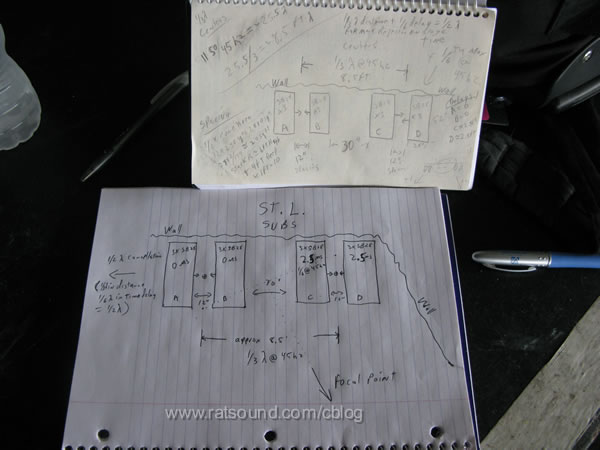
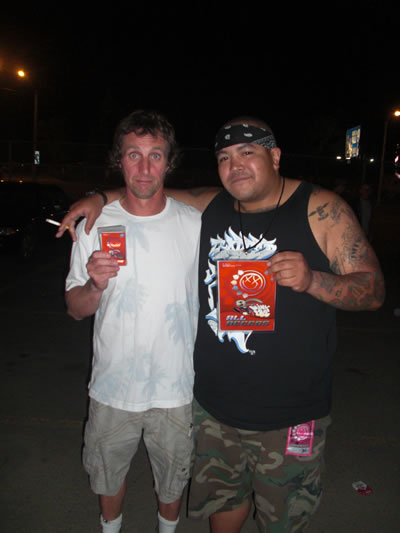
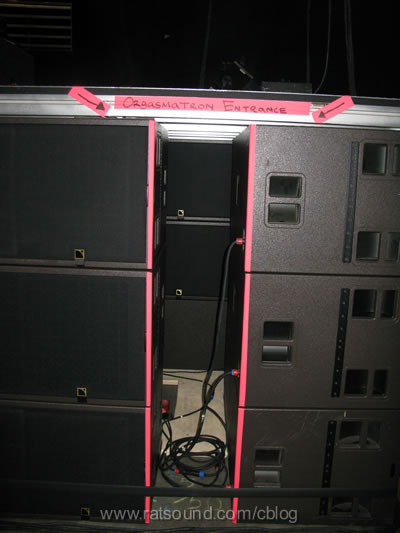
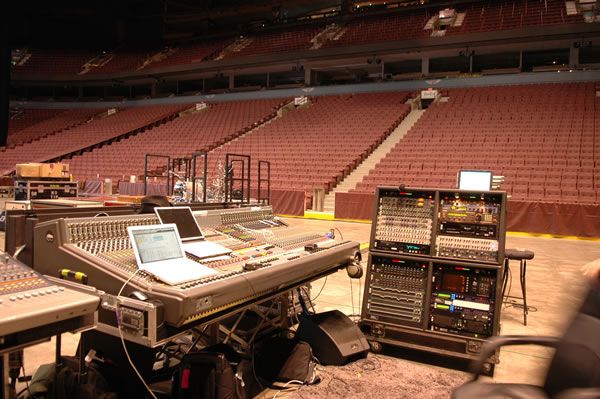
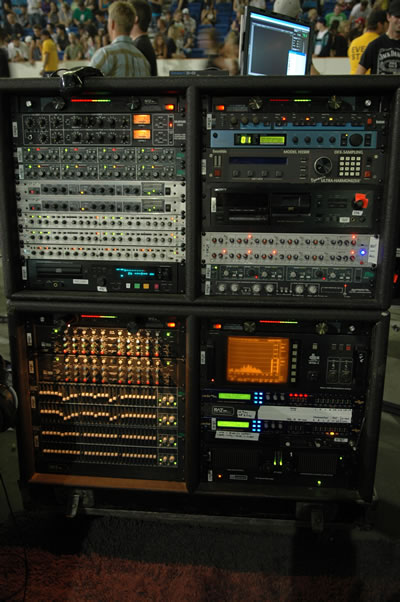
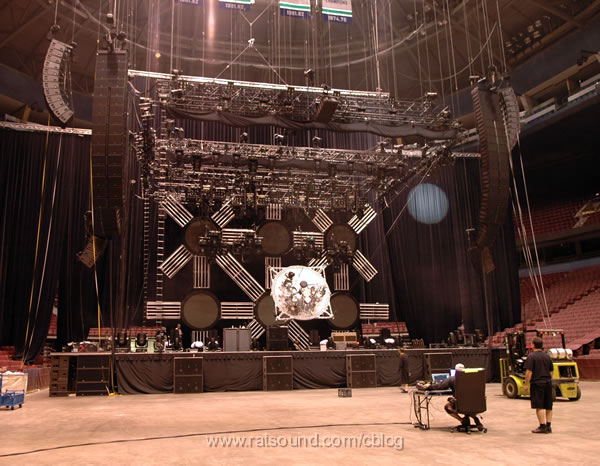
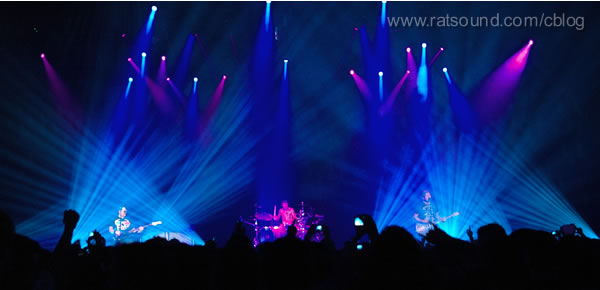
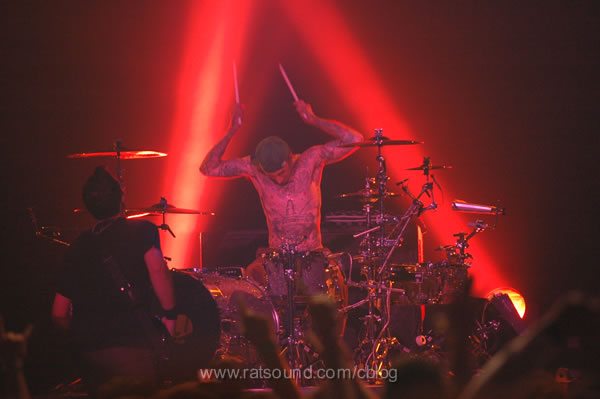
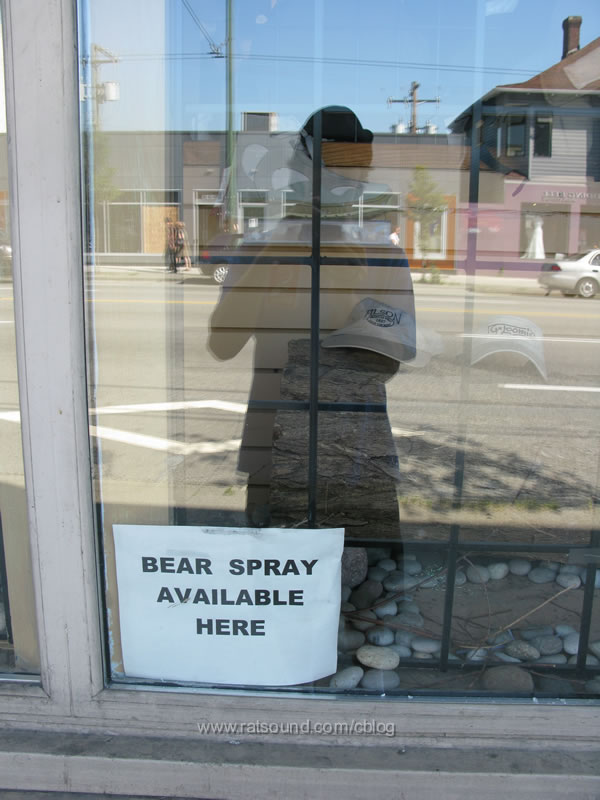
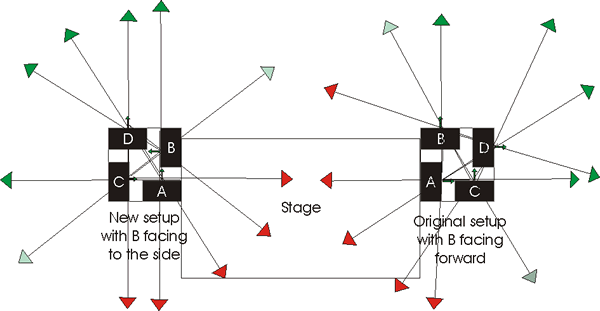
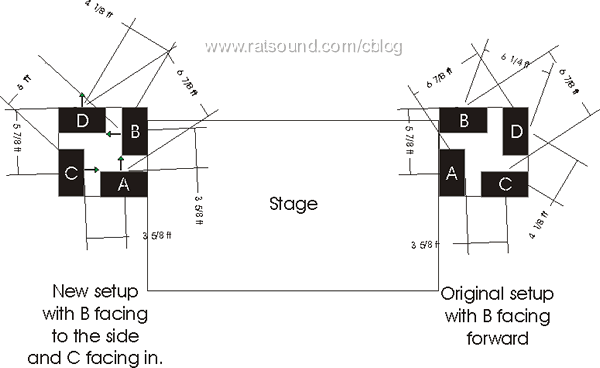
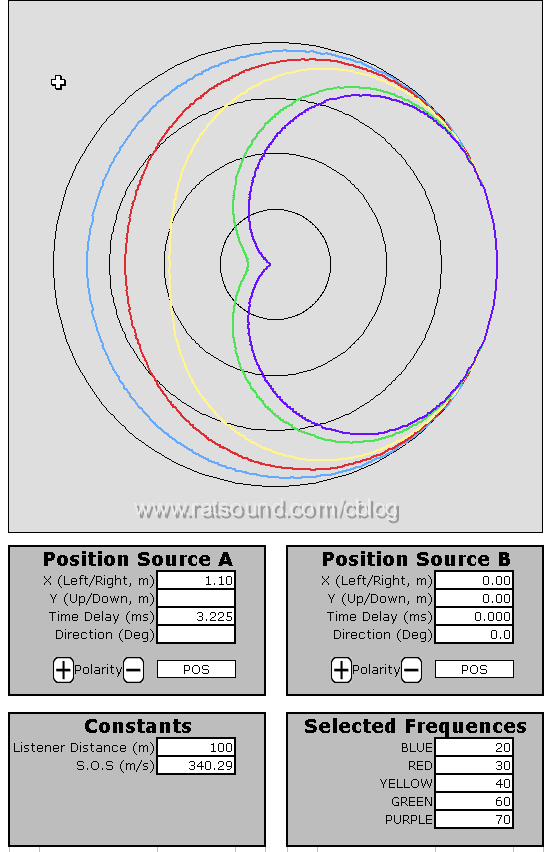
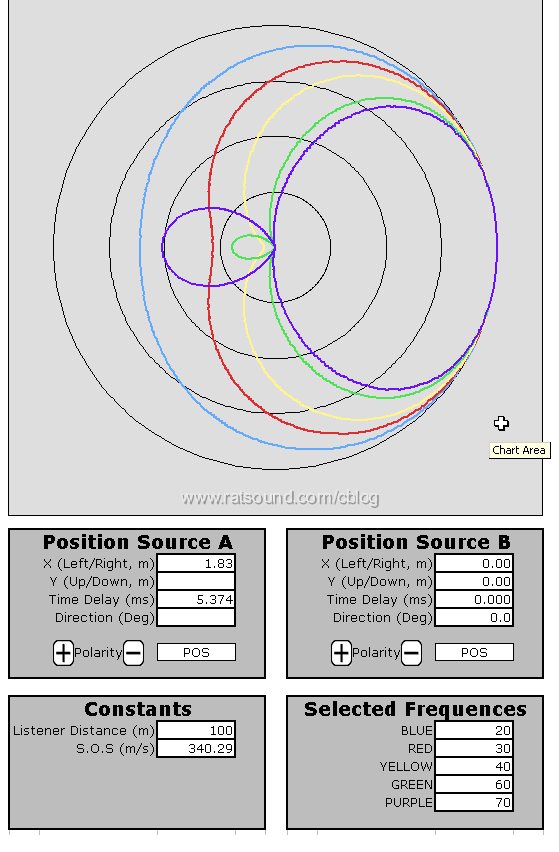
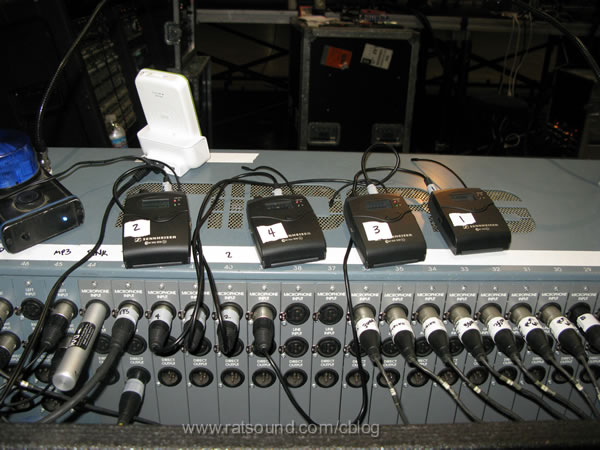
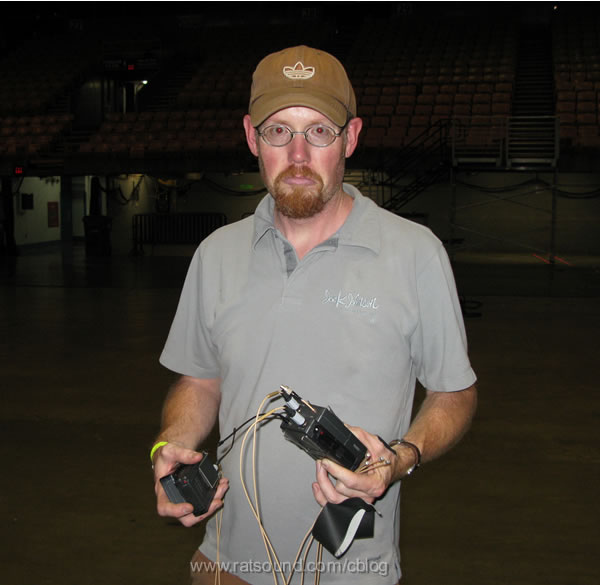
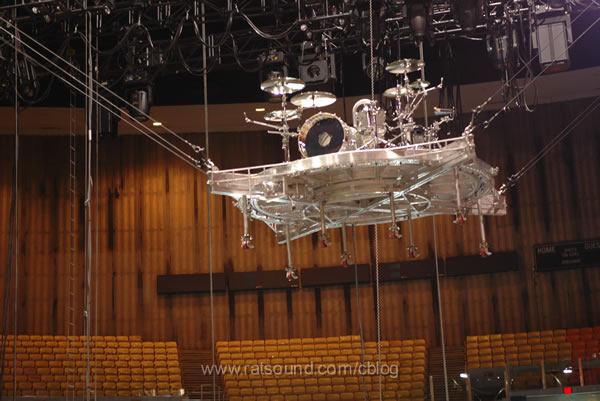
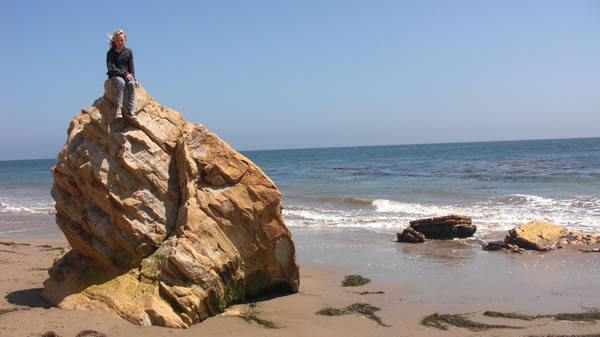
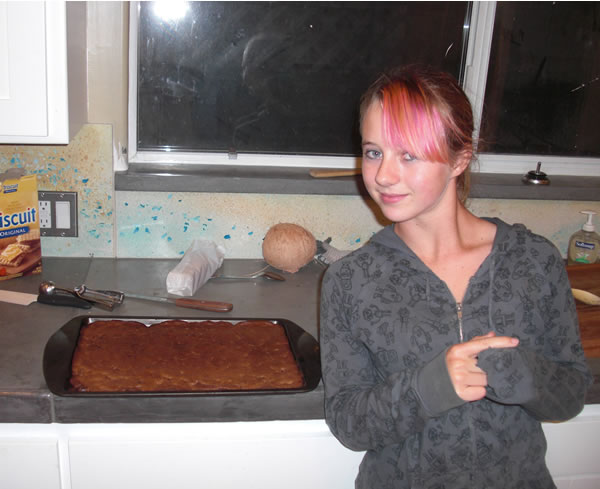
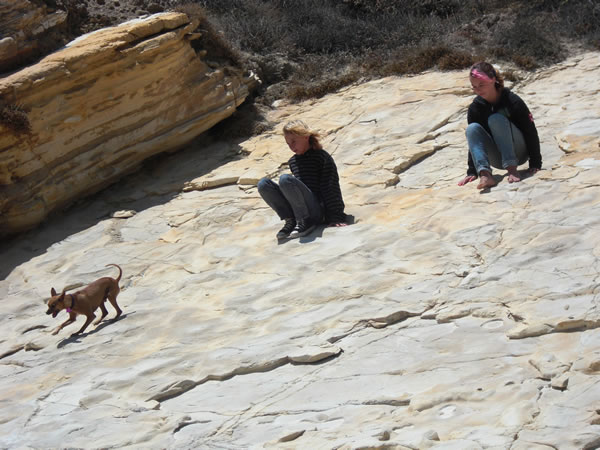
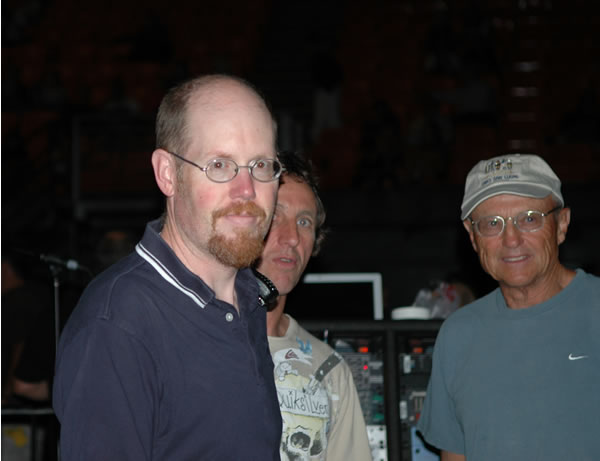
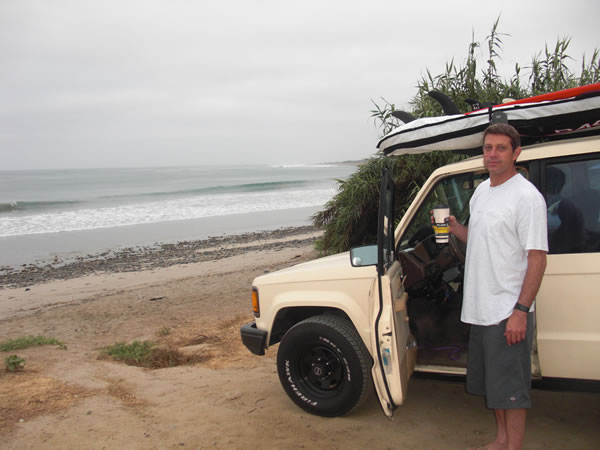
27_taco.jpg)




